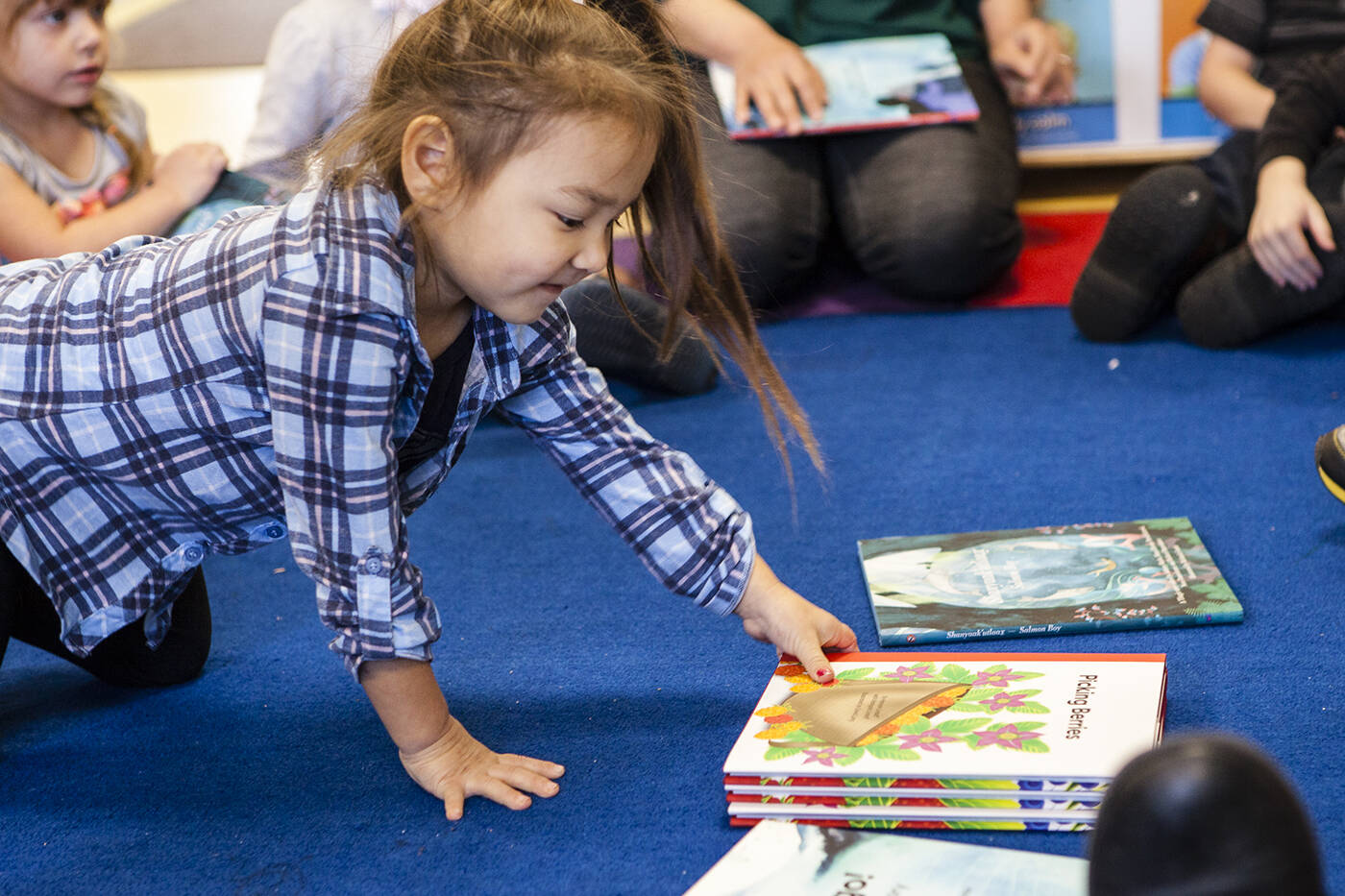A public agency has tapped Sealaska Heritage Institute (SHI) to produce the state’s first-ever Alaska Native language reading standards, and the institute is inviting language educators and speakers, community members and allies to virtual meetings Feb. 6 and 8.
Through the project, SHI will work with people across the state to develop the standards on behalf of the Alaska Department of Education and Early Development for adoption by the Alaska State Board of Education.
Public input and participation will be a critical component of the project, said SHI Education Director Kristy Ford. SHI will also work in partnership with Teaching Indigenous Design for Every Student (TIDES), an Alaska Native education consulting group owned by Shgen George and Nancy Douglas, who are long-time educators and developers of Native language curriculum.
“It will take the entire community of Alaska to provide guidance, direction and encouragement to develop the new Alaska Native language reading standards. To be successful, we will need to tap the wisdom of Alaskans across the state,” Ford said.
The standards will be designed for students in kindergarten through third grade and be applicable to all 20 of Alaska’s Native languages. The move is part of a larger effort to support the development and use of Alaska Native languages in schools and to codify standards through which the state can measure students’ reading proficiency.
“The state has a clear policy directive that all students should be able to read at grade level by the end of third grade. This program will provide critical support for instruction of Alaska Native languages because the standards will make it clear that reading in an Alaska Native language is valid for demonstrating third grade reading proficiency,” said SHI President Rosita Worl, Ph.D.
State law currently allows for reading instruction to be conducted in and through Alaska Native languages. However, the state has no way of measuring how well students through third grade are reading in their Native languages.
“The new standards will provide a means for the state and school districts to communicate learning expectations to educators and to demonstrate to policy makers how well students are performing,” Ford said.
The first meeting is scheduled for 3:30 p.m., Tuesday, Feb. 6, and a second meeting will follow at 3:30 p.m., Thursday, Feb. 8, via Zoom at bit.ly/nativelanguage-standards.

